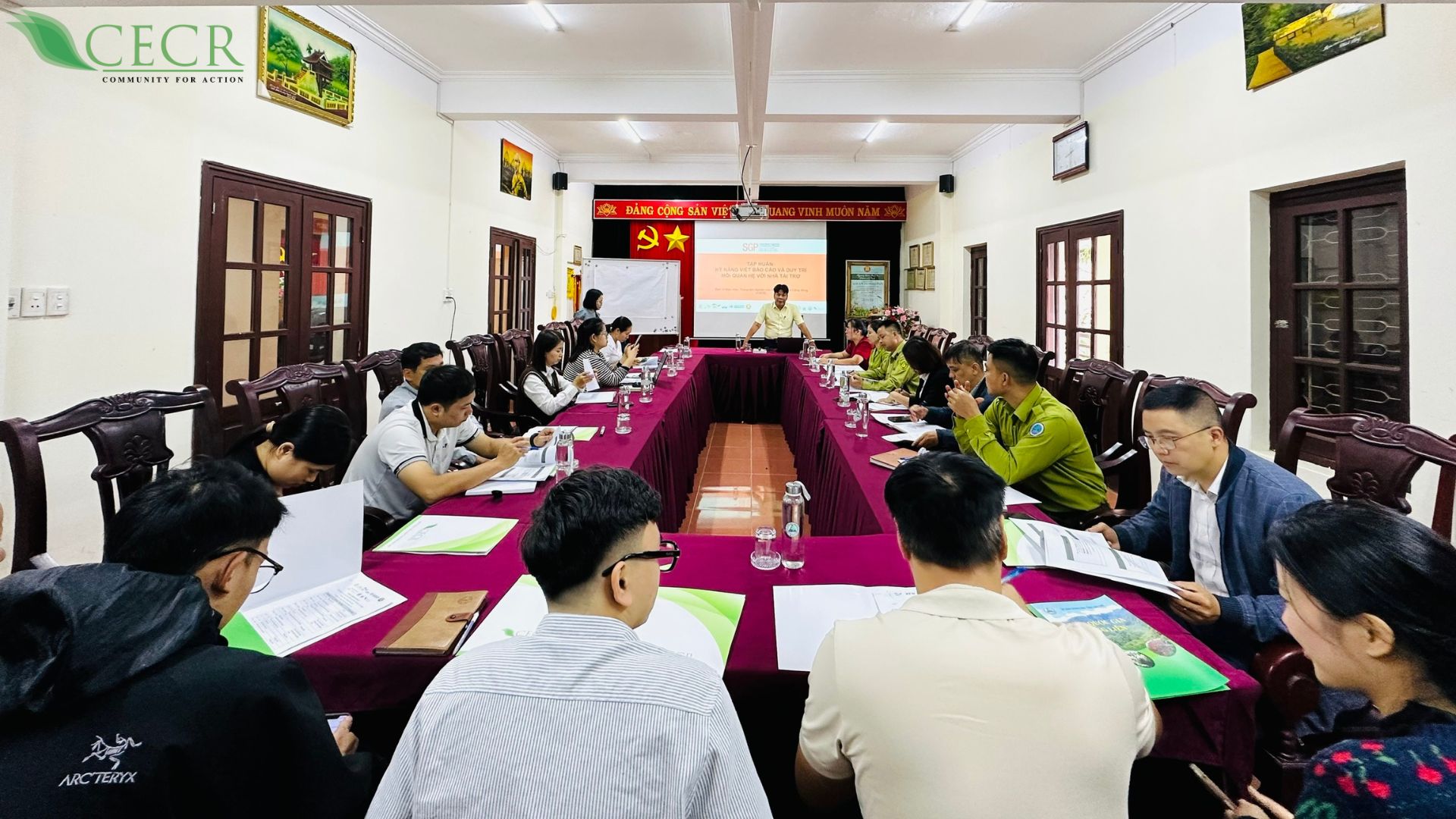The Industrial Revolution created a linear model for producing products quickly and efficiently, regardless of the environmental consequences. In the past, manufacturers used unsustainable resources, produced goods, and disposed of waste in ways that were harmful to the environment.
The linear economy is based on a linear process or follows a straight line (material resources will go straight from extraction to use and then disposal and end of life, without going through a cycle or being reused). Usually, the linear process will be optimized to make it as efficient as possible (high yield, lower production cost based on availability of various inputs at relatively low cost).
The process is based on the “exploit – produce – consume – dispose” model and includes a series of steps: resource extraction, production, distribution, consumption, and end-of-life disposal. Thus, a linear economic model begins with extraction and ends with the disposal of the product at the end of its life. Resources are mined, processed with energy and labor, and sold as commodities – with the expectation that customers will discard those goods and buy new ones.
Meanwhile, the circular economy is an alternative model, which assumes that the flow of raw materials is maintained indefinitely and the product life cycle is extended, while incorporating the principle of “reduce, reuse, recycling” instead of the “exploit – use – dispose” principle. In a circular economy, products are designed for durability, upgradeability, repairability and reuse, to make full use of the materials they are made of after they reach the end of their life.
Source: Bô học liệu “Thế hệ tương lai và nền kinh tế tuần hoàn”


 Tiếng Việt
Tiếng Việt
